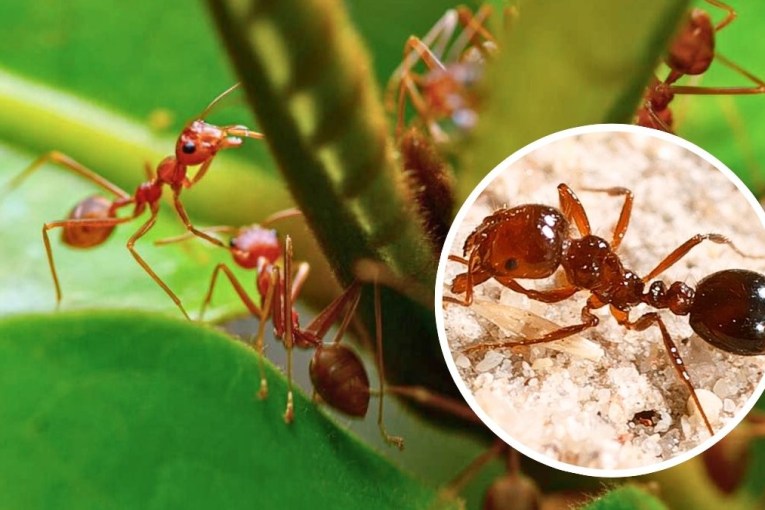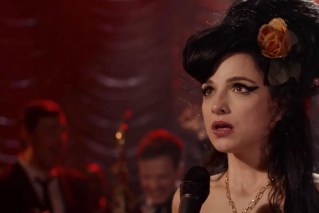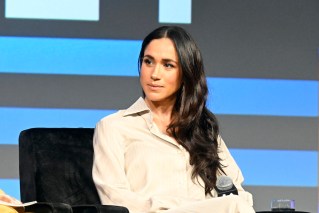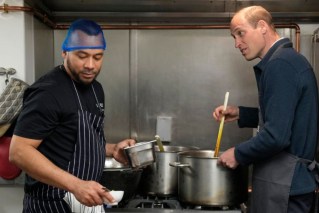Coke launches its first alcoholic soft drink
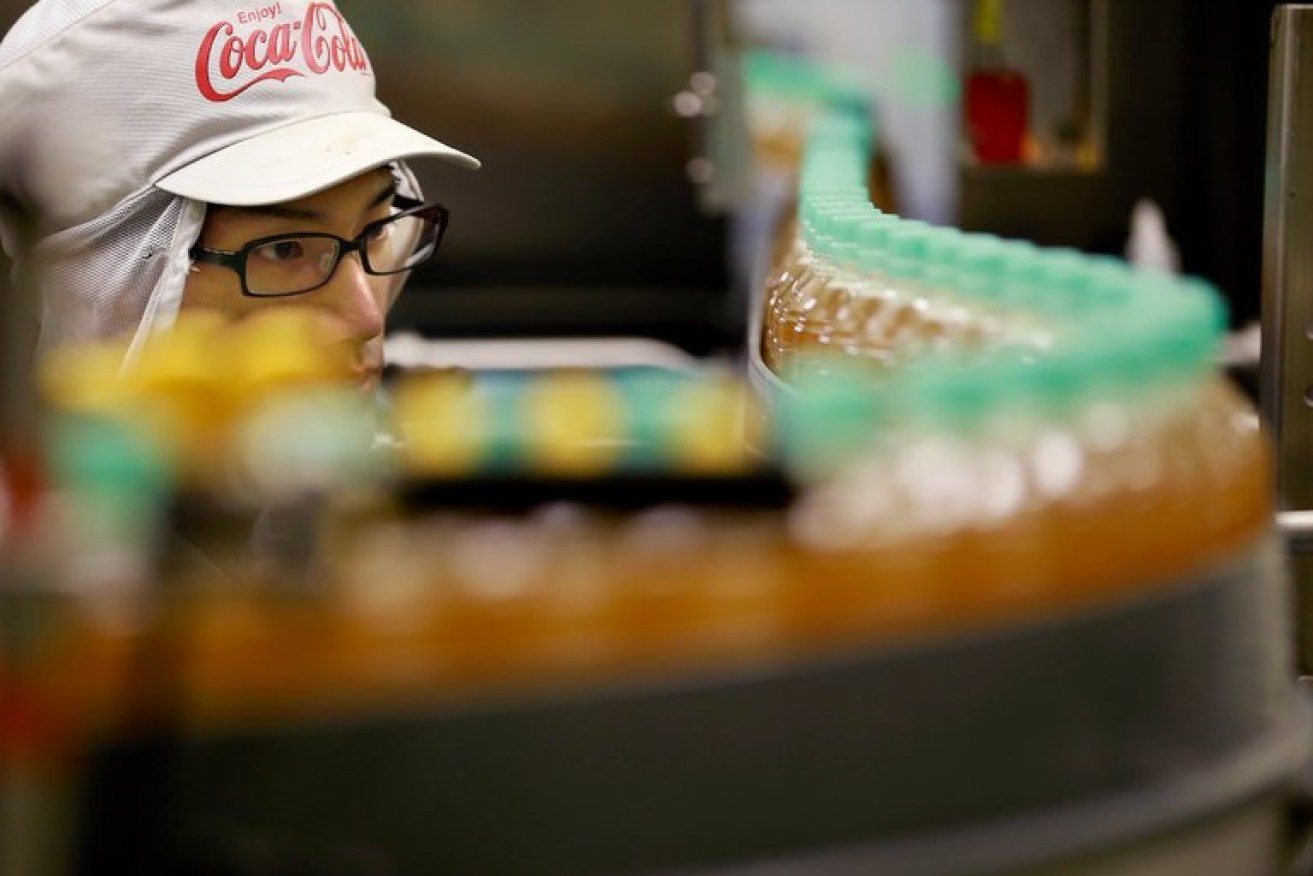
A worker at a Coca-Cola plant near Tokyo. The soft drink giant plans to introduce a fizzy, flavoured drink with alcohol in the Japanese market. Photo: AAP
In its 132-year history, Coca-Cola has produced a panoply of drinks alongside its signature soda, including bottled water, juices, sports beverages and an Indian refreshment described as “spicy,” “mature” and “masculine.”
This year, the company is mixing in booze.
In Japan, a fiercely competitive market where Coca-Cola says it introduces 100 new products each year, the company plans to test a flavoured, bubbly drink spiked with alcohol.
Coca-Cola has never before ventured into the so-called alcopop sector. But fizzy drinks made with alcohol, fruit juice and sparkling water or soda, a category known as chu-hi in Japan, are popular across the country.
The new drink is the latest idea from a beverage maker that has expanded to new markets with an array of products as the sugary-soda industry, battered by concerns about its health effects, continues its multi-decade decline.
In 2016, Coca-Cola said it unveiled the equivalent of nearly two new products globally every day.
Jorge Garduño, who has led the company’s Japanese division since July, said in an interview on the Coca-Cola website that the chu-hi gambit was “a modest experiment for a specific slice of our market”.
Coca-Cola said it had no additional details about the drink, and no plans to offer it in other markets.
“I don’t think people around the world should expect to see this kind of thing from Coca-Cola,” Mr Garduño said in the interview.
While many markets are becoming more like Japan, I think the culture here is still very unique and special, so many products that are born here will stay here.”
The term chu-hi is an Japanese amalgamation of the words “highball,” a mixed drink, and “Shochu,” a spirit that can be distilled from rice barley, sweet potatoes and other ingredients. Chu-hi drinks are available across the country. Some are concocted on the spot in restaurants, but most are sold in cans at supermarkets, convenience stores and liquor shops or in vending machines.
The beverages are typically more affordable than other alcoholic drinks because their alcohol content, which is usually from 2 to 9 percent, means they are taxed less than stronger drinks.
By introducing a chu-hi drink, Coca-Cola is stepping into a crowded category. Companies like Asahi Beer and Takara Shuzo already make their own versions, as do Kirin (the Hyoketsu brand) and Suntory (the Horoyoi label).
Howard Telford, who leads soft drink research at the market research firm Euromonitor International, said in email that Coca-Cola and its competitors would continue to test new variations as long as traditional beverage categories blurred.
“This is a departure for Coca-Cola, but I think this reflects the way that changing consumer tastes are pushing the company into less familiar areas like premium dairy, coffee, tea and now low-alcohol flavored drinks,” Mr Telford wrote.
“This also reflects a culture change at the company in terms of product development: Company leadership have spoken recently about being less afraid to experiment in terms of innovation,” he added.
In Japan, Coca-Cola has introduced a soft drink with added fibre to appeal to the country’s aging population and a product that mixes coffee with its namesake soda. It also plans to start selling an intensely carbonated beverage, called “The Tansan”.
Coca-Cola, which is based in Atlanta, flirted briefly with wine decades ago, creating a unit known as the Wine Spectrum in 1977. The subsidiary produced and bottled midprice wines on the West Coast and also offered chablis and burgundy in 6.3-ounce aluminium cans on some United Airlines flights.
After testing what it called “light” wines and “bag-in-box” wines, Coca-Cola sold the unit to Seagram & Sons for $200 million in 1983.
-New York Times
